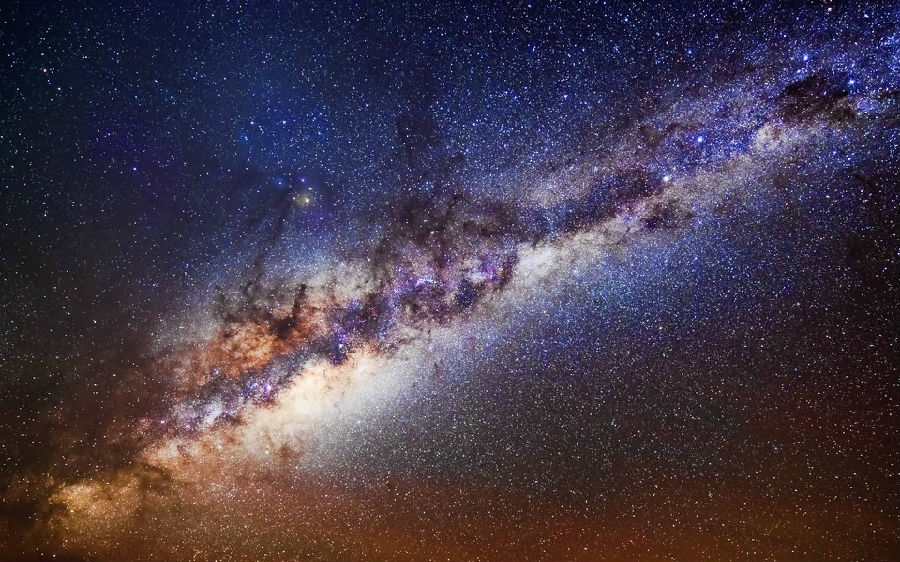In the winter of 1995, a series of commands are sent to Hubble's on-board computer that turn the orbiting telescope toward what is apparently an "empty" part of the sky.
1995年冬,一个系列指令发送到哈勃的电脑中,将轨道上运行的哈勃转向了应该是“虚无”的一片太空。
Hubble's powerful gaze locks onto this single region of space for ten consecutive days, creating a series of exposures that would be known as "The Hubble Deep Field".
哈勃的强大的镜头,连续10天被锁定在这个单独区域,拍摄下了一系列的图片后来称这区域为“哈勃深度区”。
The Hubble Deep Field was a pretty astonishing idea.
“哈勃深度区”真是个非常令人惊异的想法。
Take a telescope out in space and point it at one part of the sky and let it sit.
将一部望远镜送进太空再将其对准太空中的一部分,然后就定在那。
Just take an exposure and then take another one, and then another one, and another one.
拍照,拍完一张再拍一张,拍完再拍,拍完再拍,
And then add them all up and what do you see when you do this?
然后将这些照片叠加起来,最后你做了这些后,能看到什么呢?
That's what Hubble Deep Field is.
看到的就是“哈勃深度区”。

It is deep and we would see very deep into the universe.
我们会看到宇宙中非常深的区域,
And you see galaxies, thousands and thousands of galaxies.
你会看到星系,成千上万的星系。
A crowded dense field that looks like you're taking a picture of fireflies out in a field at night.
这个区域星系稠密到像你在夏天夜空里拍的萤火虫。
And yet, this is a, you know, an "empty" patch of sky.
但是,你知道,这应该是太空中的“虚无”区。
Every smudge of light in this Hubble picture is a galaxy containing billions of stars.
哈勃图片中的每一个模糊的光点就是一个包含有数十亿恒星的星系。
These galaxies are captured at various stages of evolution.
图片中的星系处于演化的不同阶段。
From a time near the birth of the cosmos to the rise of spiral galaxies like our own Milky Way.
从宇宙诞生的初期到像银河系一样的旋状星系的兴起。
Scattered here and there in the Hubble Deep Field are the smash-ups of space.
分散在“哈勃深度区”的各个角落太空中的大对撞。
Galaxies crashing into and cannibalizing each other.
星系相互碰撞,相互吞噬。



